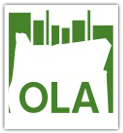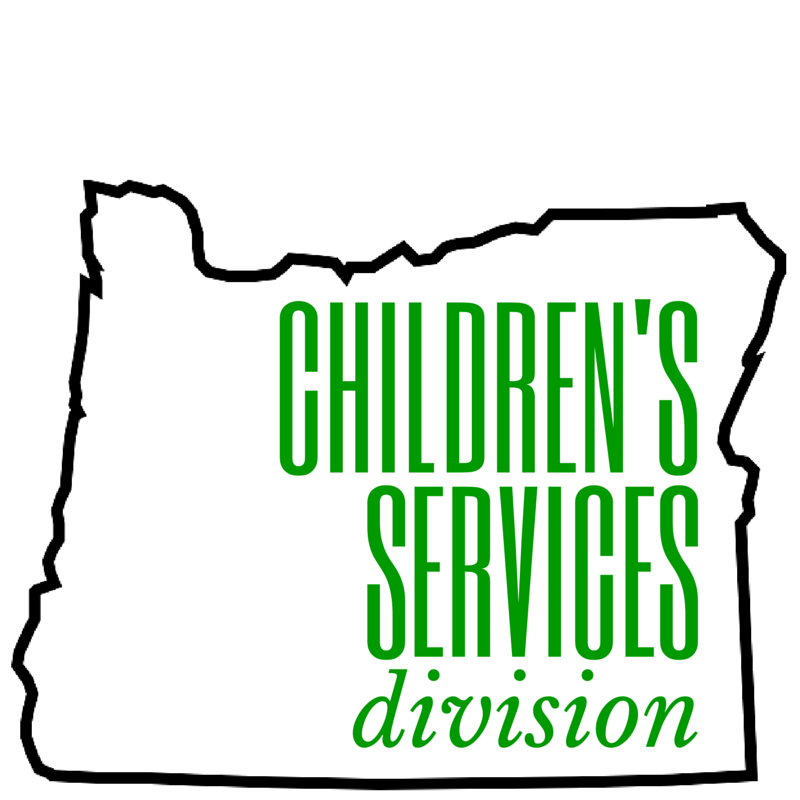Leap Into ScienceFor STEAM programs, I have found the Leap Into Science Training to be a great introduction to providing evidence-based STEAM programs. Training with them includes access to fully-developed curriculum that can be used for preschool to elementary school programs and even family workshops. The programs that they have created all use reading a picture book as a component of the program, so this can be a gentle segue from more traditional library programs. Check out their website here. ACRES Program
Fostering Readers
These are a few of the resources that I have found helpful in growing as an educator. What resources do you like? AuthorSusan Cackler
0 Comments
 Looking for a quick way to see if the Alaska Libraries iREAD Showcase on YouTube has anything that can help you? Check out this “Cliffs Notes” version of the webinar. Included are types of events discussed and the time stamp (minutes:seconds) on the YouTube video (see bottom of blog post for the video). I also created Bibliocommons lists of book titles discussed. I did not include every title mentioned. Spend a few minutes looking at this quick view of the YouTube video and see if there is anything of interest in the one hour and 20-minute webinar. Hope this saves you some time and helps your summer reading planning. Let us know if you would like to see more quick view versions of webinars. Presenter: MJ Grande, Youth Services Librarian, Juneau Public Libraries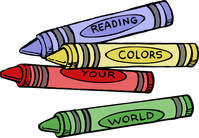 Storytime Books for Movement: 9:13 (minutes: seconds timestamp on video) Bibliocommons list of storytime titles for movement. Upcycle Tutu: make a tutu out of leftover newspaper bags: 14:49 Craft, Melted Crayons on Canvas: 16:05 Page 209 of 2021 iREAD Resource Guide. See picture below. Indigenous books to read and hear: 17:04
Color Inspiration Books: 19:56
Presenter: Susan Jones, Youth Services Librarian, Fairbanks Her programming focused on ages 3-9. Things to consider when creating your SRP plans: 23:23 Don’t set plans in stone. Set in Jello for lots of wiggle room. StoryWalks: 26:08 Possible books:
Scavenger Hunt: colors 28:26 Outdoor Day: 29:54
Music Concerts outside: 30:35 Mad Scientists (virtual): 31:04
Paid Performer: 32:46 Take and Make Bag: 33:34
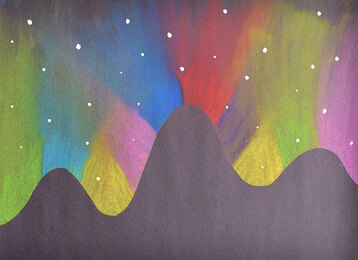 From the website: One Little Project. See link on left or below. From the website: One Little Project. See link on left or below. Aurora Borealis Art project: 34:17
Pandemic Quilt: 35:12
Colorful Family Flag: 35:35
Color Your Plate with Fruits and Vegetables: 35:57
Mystery Sticker Posters: 36:35
Minerals, Rocks and Gems: 37:06
Rubber Chicken Karaoke: 37:30 Essay Contest: Forgot to get timestamp. Presenter: AJ Gooden, Igiugig Tribal LibraryHas directions and materials lists and is willing to email you a copy. Update 3/25/21: I requested her materials and received them. They are excellent. I highly recommend getting them. Most of her programming will be in-person. Color Fun with Process Painting: 41:33
Color Fun with Crayons and Marker: 42:51
Hands-on Color: 43:48
Questions about Color: 45:29 Survey patrons about color and explore their questions What makes color?
I Color (Artists and Color): 49:10
Colors of our World, Earth Art and Community Photo Book: 50:50
Interactive Displays: 52:40
Presenter: James Adcox, Youth Services Coordinator, Kenai Community LibraryDIY Kits for Teens and Tweens: 55:14
Teen and Tween Virtual Programming: 1:05:31
Incentives and Giveaways: 1:15:20 STEAM Kits: 1:17:18 Alaska Libraries, Reading Colors Your World, Summer Reading Showcase YouTube VideoFrom the website: "This YouTube video is a panel discussion sponsored by the Alaska State Library on activities for the 2021 Alaska Summer Reading Program using the iREAD program." AuthorTara Morissette
Here are links to different ways to make kaleidoscopes: Science Works: How to Build a Kaleidoscope The Ashland Science Works museum has great DYI instructions for a kaleidoscope. This project uses a toilet paper roll and aluminum foil (or shiny cardstock). They put translucent beads into a plastic bag and rubber band it to the roll. This website also explores the science of the kaleidoscope. Science for Kids: How to Make a Kaleidoscope This method uses a toilet paper roll and mylar sheets. The author had children draw on a round piece of paper and uses a straw to attach it to the roll. She paints her roll to beautify it. There is a video of her making the kaleidoscope. DIY Kaleidoscope Craft for Kids This method uses a paper towel roll and aluminum foil. The author cuts clear plastic circles from a salad greens lid. She glues the clear plastic circle to the open end of the paper towel roll. She inserts translucent beads into the tube and puts the second clear plastic circle into the roll. Then, she inserts aluminum foil covered cardboard. To make it look pretty, she attaches a piece of colorful paper onto the paper towel roll with tape. Pairing STEAM with Stories: 46 Hands-On Activities for Children by Elizabeth McChesney (Ordered from the State Library of Oregon) Kaleidoscopes: page 12-13 This book has directions for a kaleidoscope that only uses mylar glued to cardboard. The author draws a picture on white paper and tapes it to the kaleidoscope. This version is simpler than the others because it does not place the mylar in a tube. Here are my tips after trying several ways to make a kaleidoscope:
AuthorTara Morissette |
OLA Home Don't miss a beat! Stay current with kids-lib, CSD's electronic mailing list.
Archives
May 2024
Categories
All
|
|
Contact Us
Join Children's Services Division! Contact [email protected] for membership information. The purpose of this site is to improve communication among Division members, publicize Division events and activities, introduce new and prospective members to the Division, and to link to useful Internet sites. Bylaws & Award Procedures |
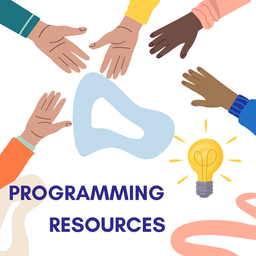
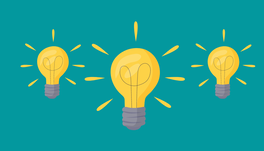
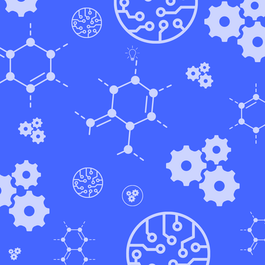

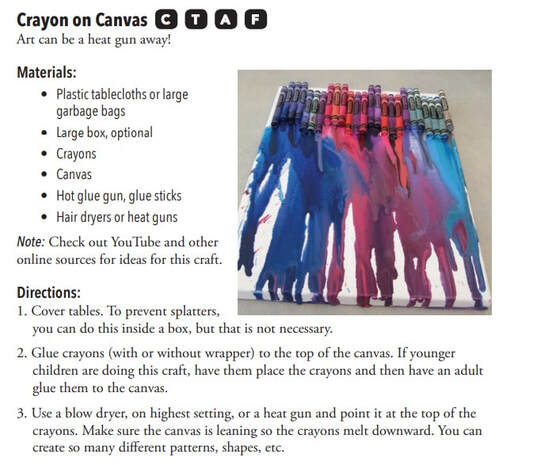
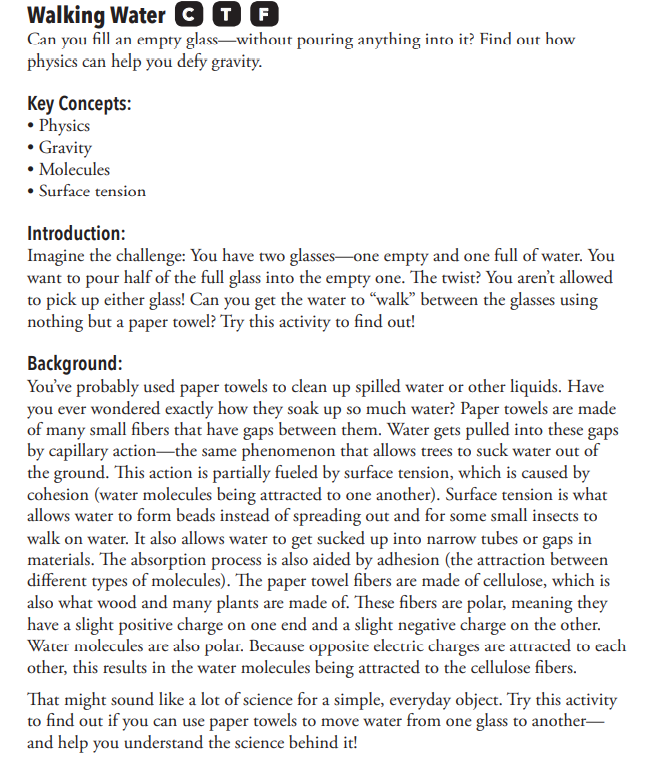
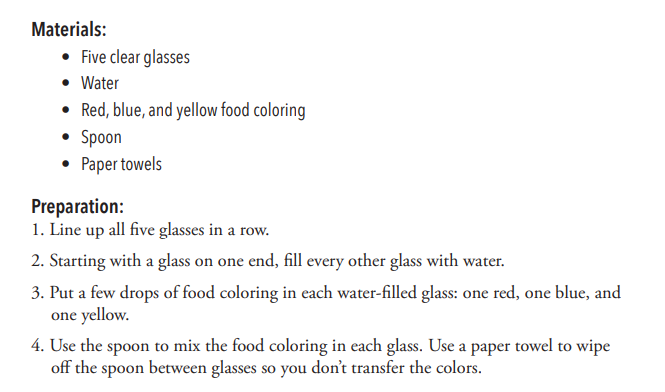
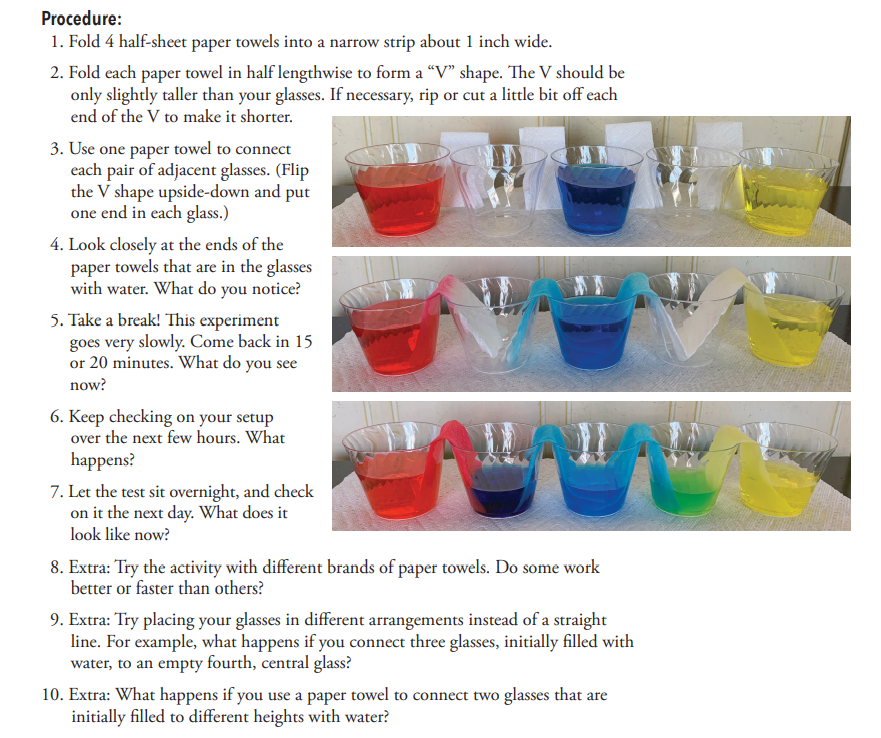
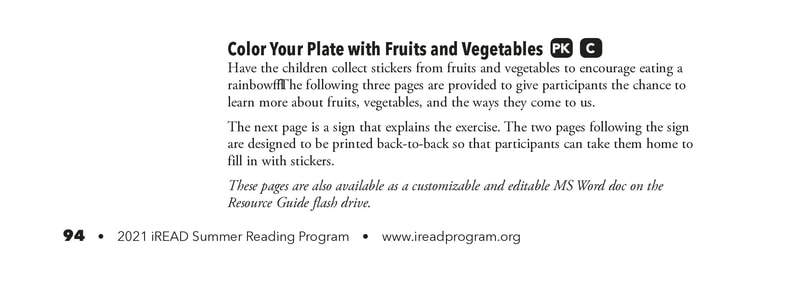
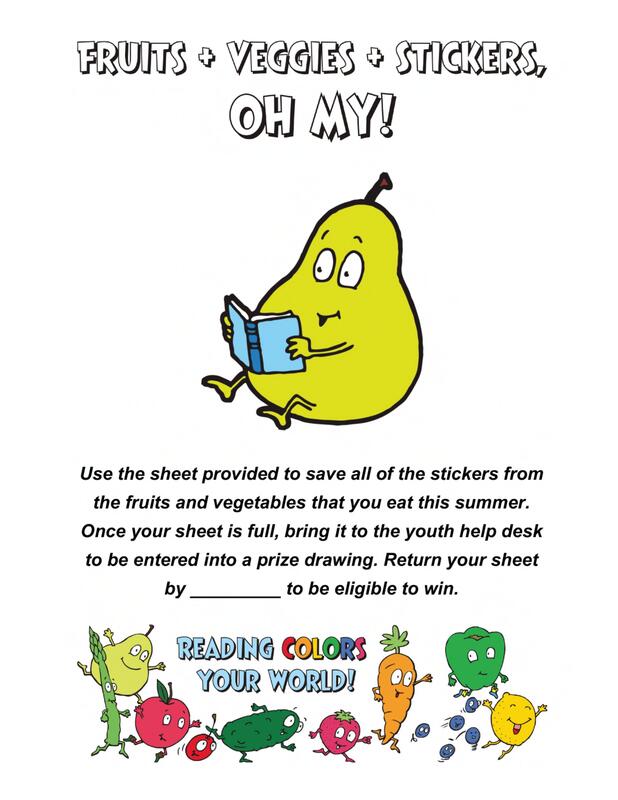
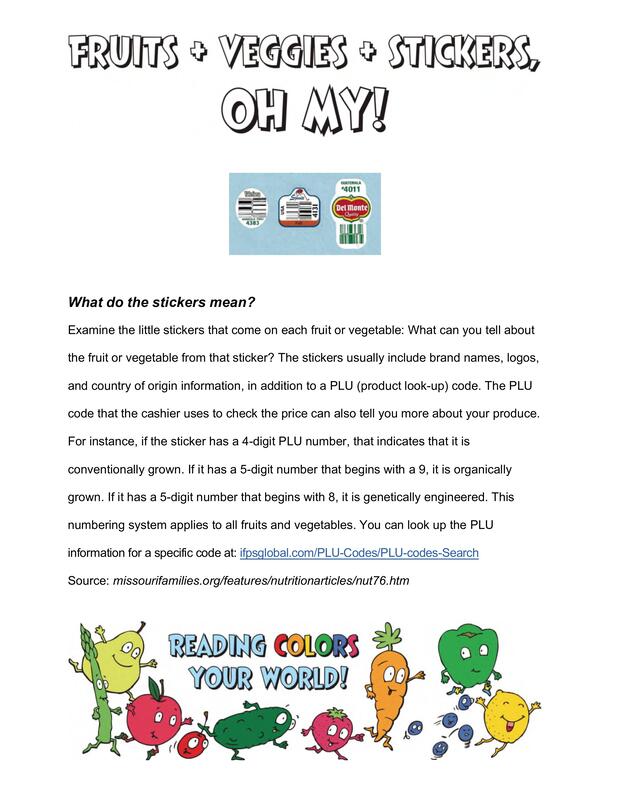
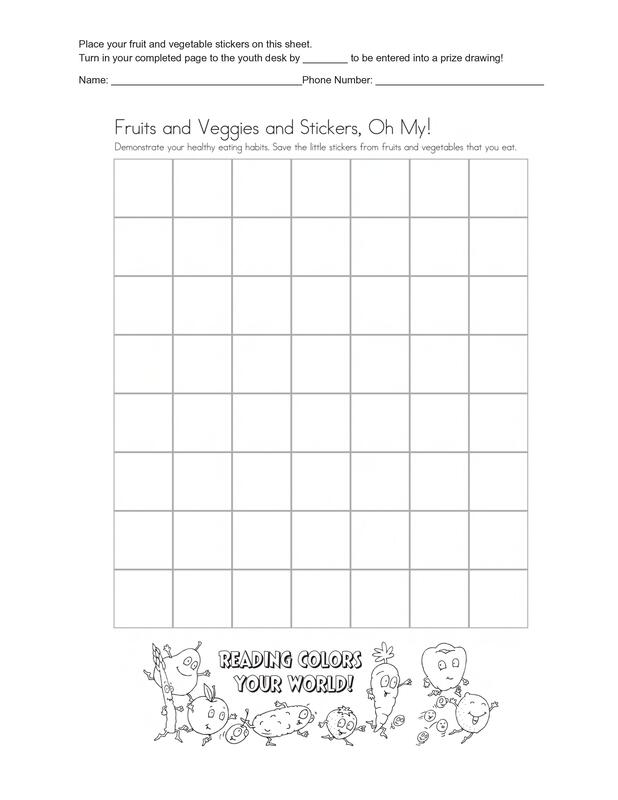
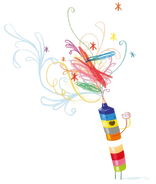
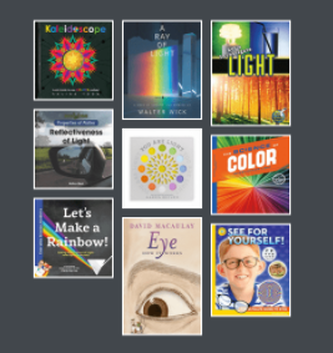
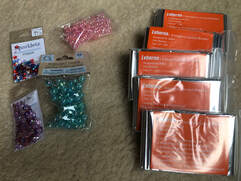
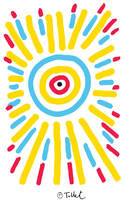
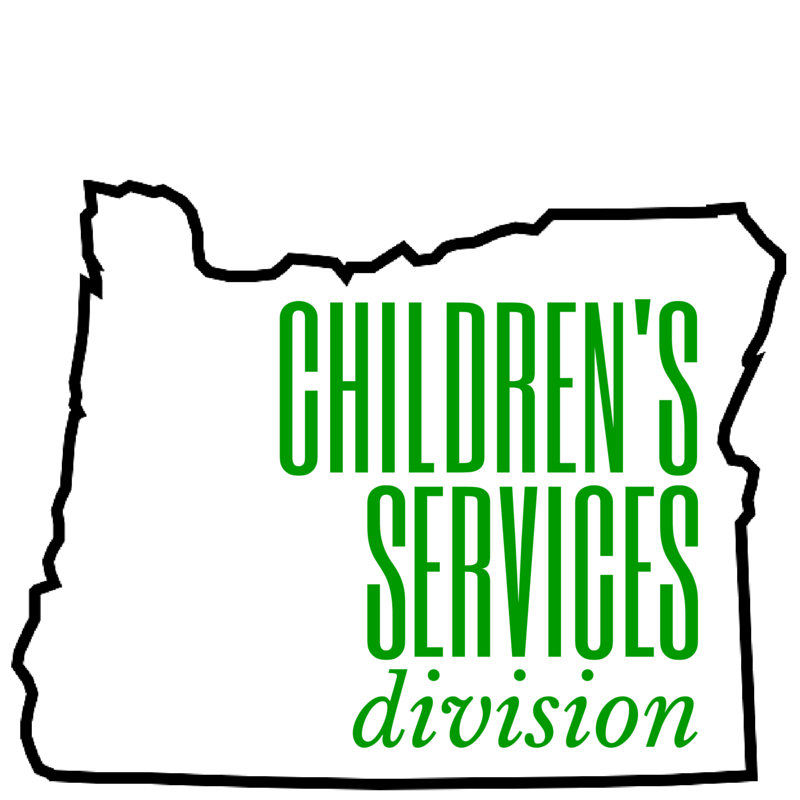
 RSS Feed
RSS Feed
